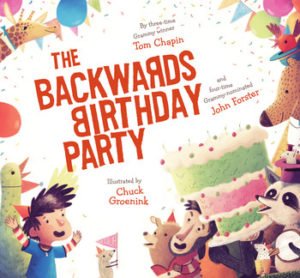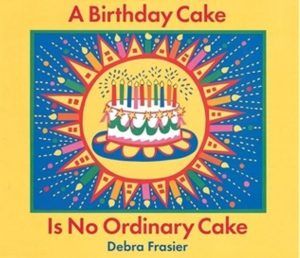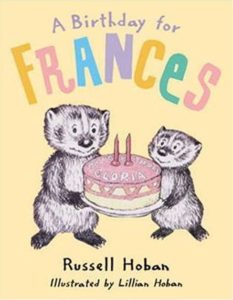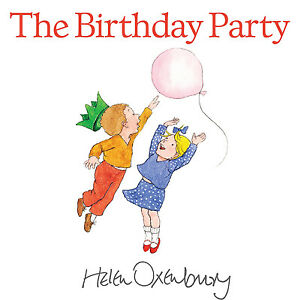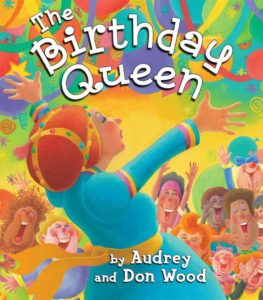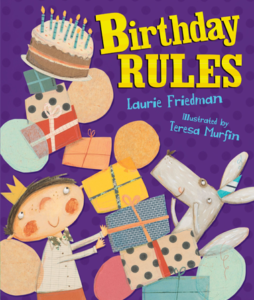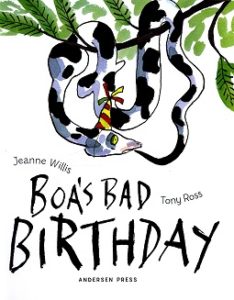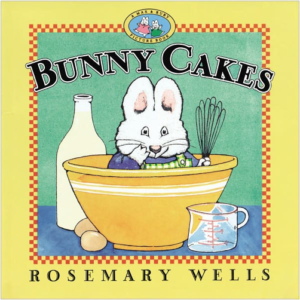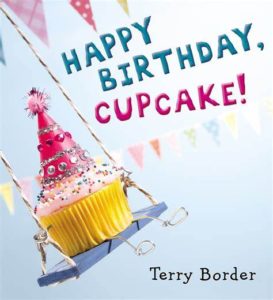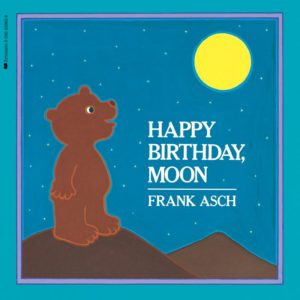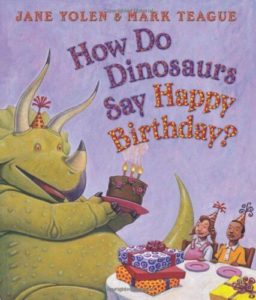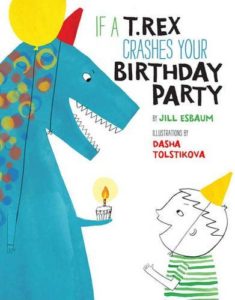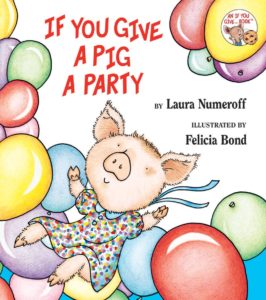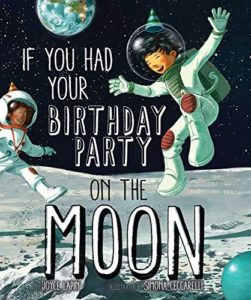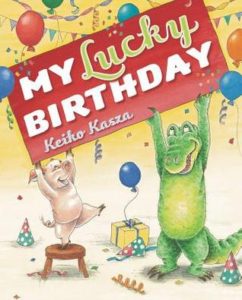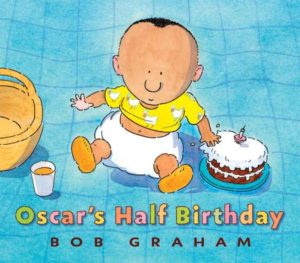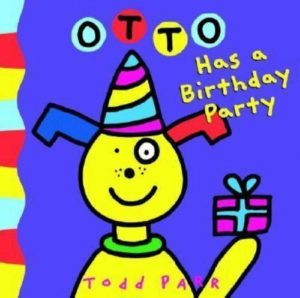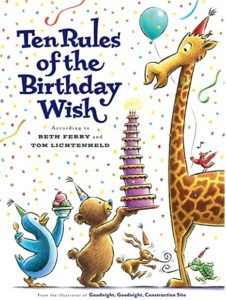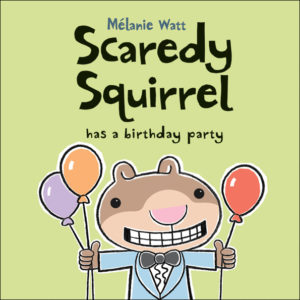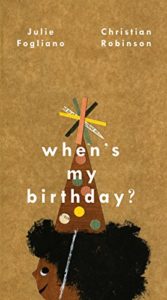This month’s PB review is by Ryan G. Van Cleave (Owner/Operator of Only Picture Books) and longtime OPB pal (and Ringling College of Art and Design Illustration Professor) John Herzog.
–Ryan’s Review of the Writing–
King of Ragtime, the new picture-book biography by author/illustrator Stephen Costanza, drives home the point that Joplin created his music by using his own creativity as well as the sounds and music of the world around him. From the start, Scott Joplin was a quiet boy who “hardly spoke above a whisper” because he preferred to listen instead. And listen he did, to the “Buzzz-zuzzz!” of a wasp’s nest to the “Chhh-chhhipp!” of a cicada or the “Rrrrrrummm-bum-bum!” of a thundercloud that could just as easily be an unseen train in the distance.
Because sound is so vital to this story, Costanza employs subtle rhymes and onomatopoeia to emphasize the rhythms and music of life that Joplin took as source material. It’s clear that the King of Ragtime heard things in a way no one else quite did.
It’s a little surprising that Joplin’s parents were so supportive of his musical interest despite facing profound poverty. Yet his father didn’t insist his son join him for the dependable work on the railroad, and his mother traded cleaning services for piano lessons. They even “scrimped and saved” enough to buy a dusty, old second-hand piano so that Joplin could make his own music versus asking to use pianos in the homes of wealthy white families where his mother cleaned.
“Who knew a piano could roar like a train or sing like a nightingale?”
Joplin did, of course. And he soon went from being a local sensation playing for church socials, dances, and Juneteenth celebrations, to living in St. Louis and working as a pianist in saloons and dance halls. He even played outside the 1893 World’s Fair–“Black pianists weren’t allowed to play at the fair, but in the nearby cafés a red-hot piano sound filled the air”–and that seemed to help introduce the music known as ragtime to the world. Later, Joplin studied music in college and published “Maple Leaf Rag,” the first of his many popular songs.
The book’s Back Matter includes a Recommended Listening list of Joplin’s music and a short Bibliography, as well as 2+ pages of historical information that includes the story of how the author became interested in Joplin and his life. This material provides welcome context for how Joplin and his music was received in his own time, too.
Throughout King of Ragtime, Costanza doesn’t shy from issues concerning race. In both images and words, he shows many of the challenges that newly free Black people faced. Through it all, they returned to music “for solace and celebration,” which is something Joplin’s own beautiful music offered them, too.
This book is visually stunning from start to finish–so much so that I find myself imagining a wordless version, especially in those moments where the text and image line up perhaps a bit too linearly. I’ll let John say more about the art, but wow, it’s really evocative and memorable.
With King of Ragtime, Costanza has created a lively book that does justice to Joplin, the King of Ragtime, whose work inspired generations of jazz musicians. Libraries and teachers, in particular, should have a copy on their shelves. (I can also imagine amazing read-alouds of this book with music introduction and accompaniment to help young readers appreciate just how different ragtime is from so many other types of music.)
4.25 out of 5 pencils
–John’s Review of the Illustrations–
Stephen Costanza’s King of Ragtime is an absolutely beautiful picture book and–dare I say it–an instant classic.
There. That’s my review.
What? You need more? All right…
From an illustration perspective, this book is an incredibly enjoyable combination of the surreal and the traditional. It’s a fever dream of bright colors, captivating perspective, and appealing characters. I suspect that Costanza’s mixing of popular art styles from the time of Joplin (Fauvism, Expressionism, and American Modernism) is not a coincidence. Instead of using a more classical illustrative approach for this reverential story–which, let’s be honest, would’ve been a bit hokey–Costanza’s illustrations reflect the style and methods of the time, trading in digital illustration for wax pastels, collage, and gouache. It not only feels true to the time, but also to Joplin and his music.
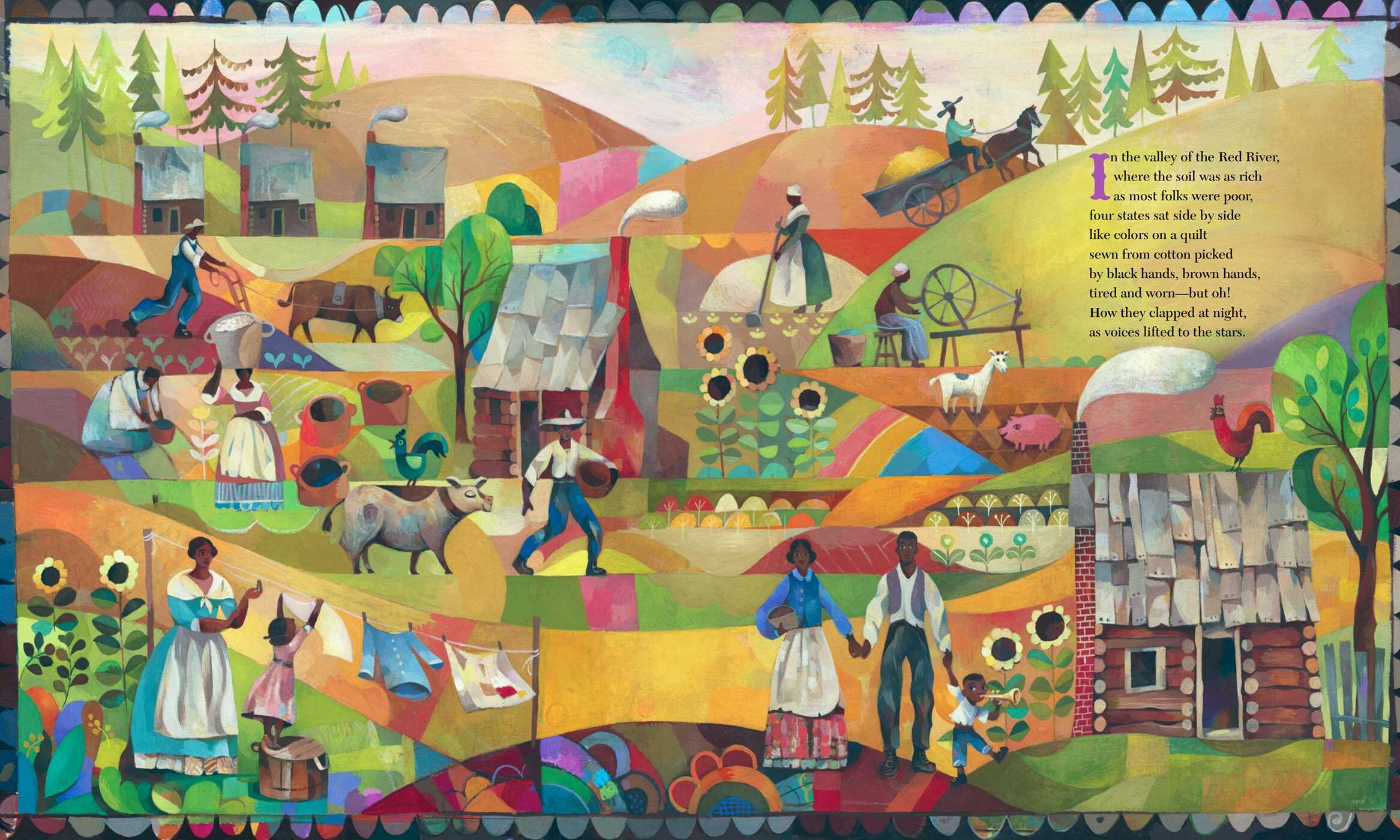
Each illustration is a feast–so much so that I often forgot there were words to read. The written story is perfectly fine, but the reality is that I was consumed by the art. And honestly, the illustrations do such a good job of telling the story that I feel this could’ve easily been a wordless picture book. There is so much story to mine from the visuals that the text almost feels a bit redundant.
Now, to acknowledge my bias: I am a massive fan of Mary Blair. Her use of color, design and composition–all of it is perfect in my opinion, and right up my alley. If you’re unfamiliar with Mary Blair, click here to learn more. While reading King of Ragtime, I couldn’t help but be reminded of Blair’s wonderful work. And while I don’t know if Costanza overtly referenced her art while making this book, he’s done an amazing job of capturing all of the qualities that makes Blair’s work so amazing and fun.
In conclusion, and I know I’m going to sound like a broken record here, but Stephen Costanza’s King of Ragtime is an absolutely beautiful picture book and–dare I say it–an instant classic.
5 out of 5 crayons

John Herzog is an award-winning illustrator and educator.
His clients include Hasbro, Dreamworks TV, Houghton Mifflin Harcourt, Scholastic, and Highlights for Children. He also teaches illustration classes at Ringling College of Art and Design.
John is a member of the National Cartoonists Society and Society of Children’s Book Writers and Illustrators, where he received the 2018 SCBWI Magazine Merit Award for his Highlights High Five cover illustration. He lives in Florida with his wife, two kids, a pair of geckos, a bearded dragon, and a tarantula.


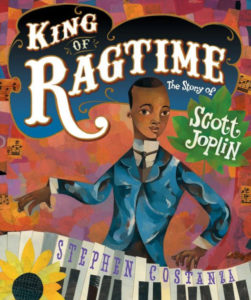

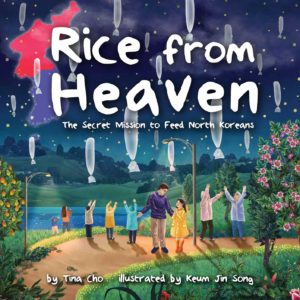
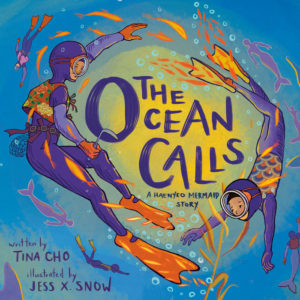
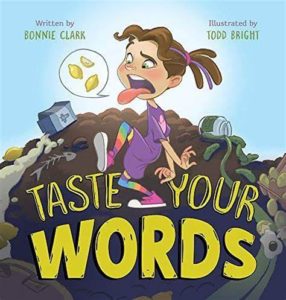
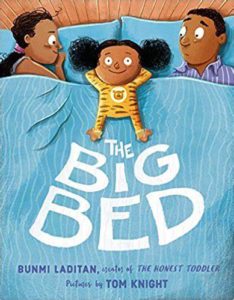
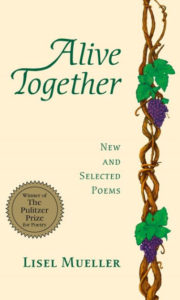
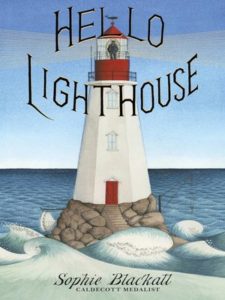
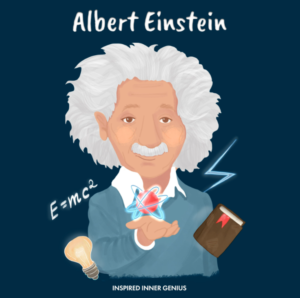
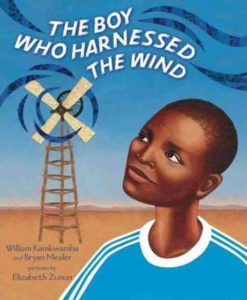
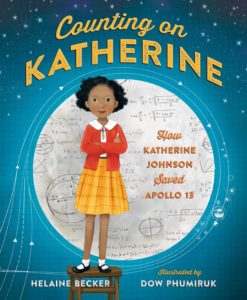
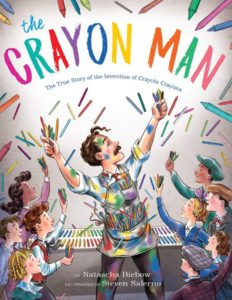
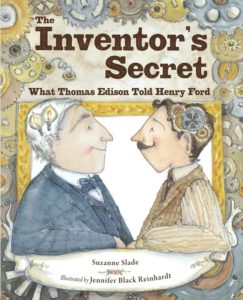
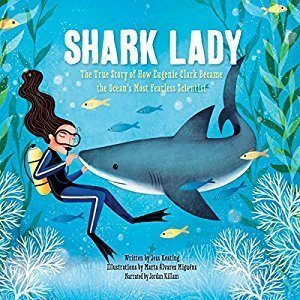
 June’s Author Interview is with English zoologist and writer Nicola Davies, who was one of the original presenters for the terrific
June’s Author Interview is with English zoologist and writer Nicola Davies, who was one of the original presenters for the terrific 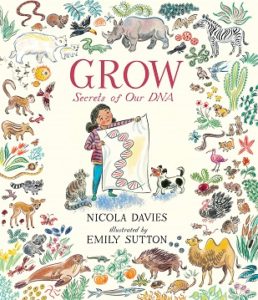
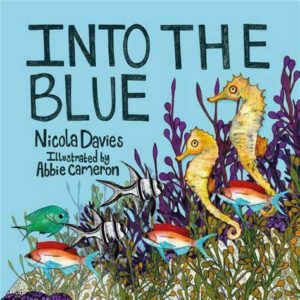
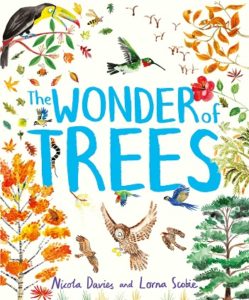
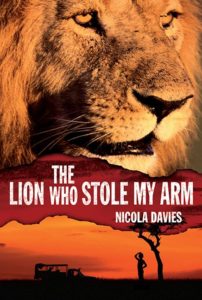
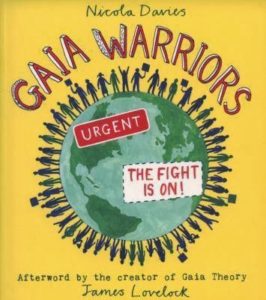
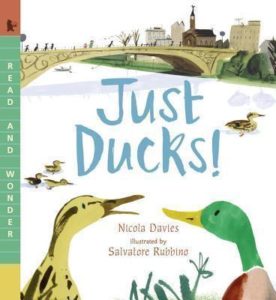 st Ducks!
st Ducks!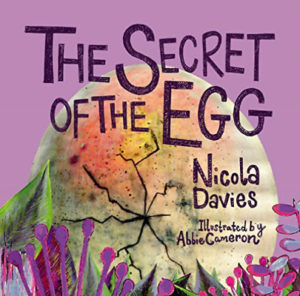
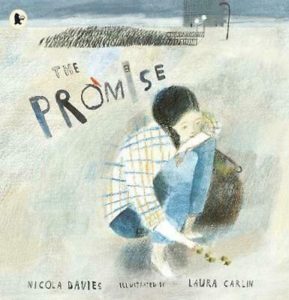
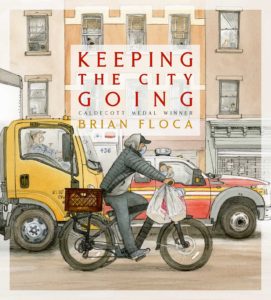
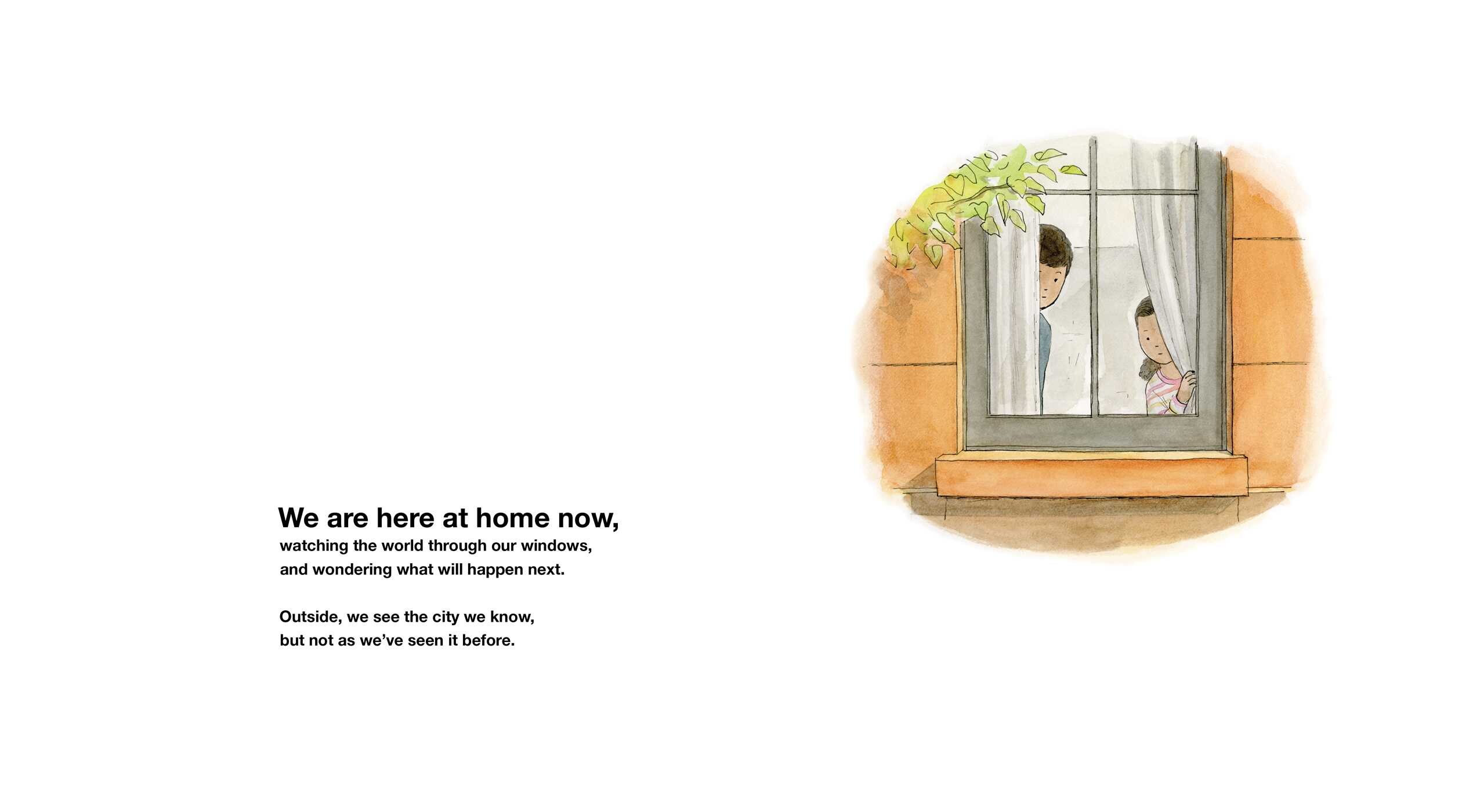
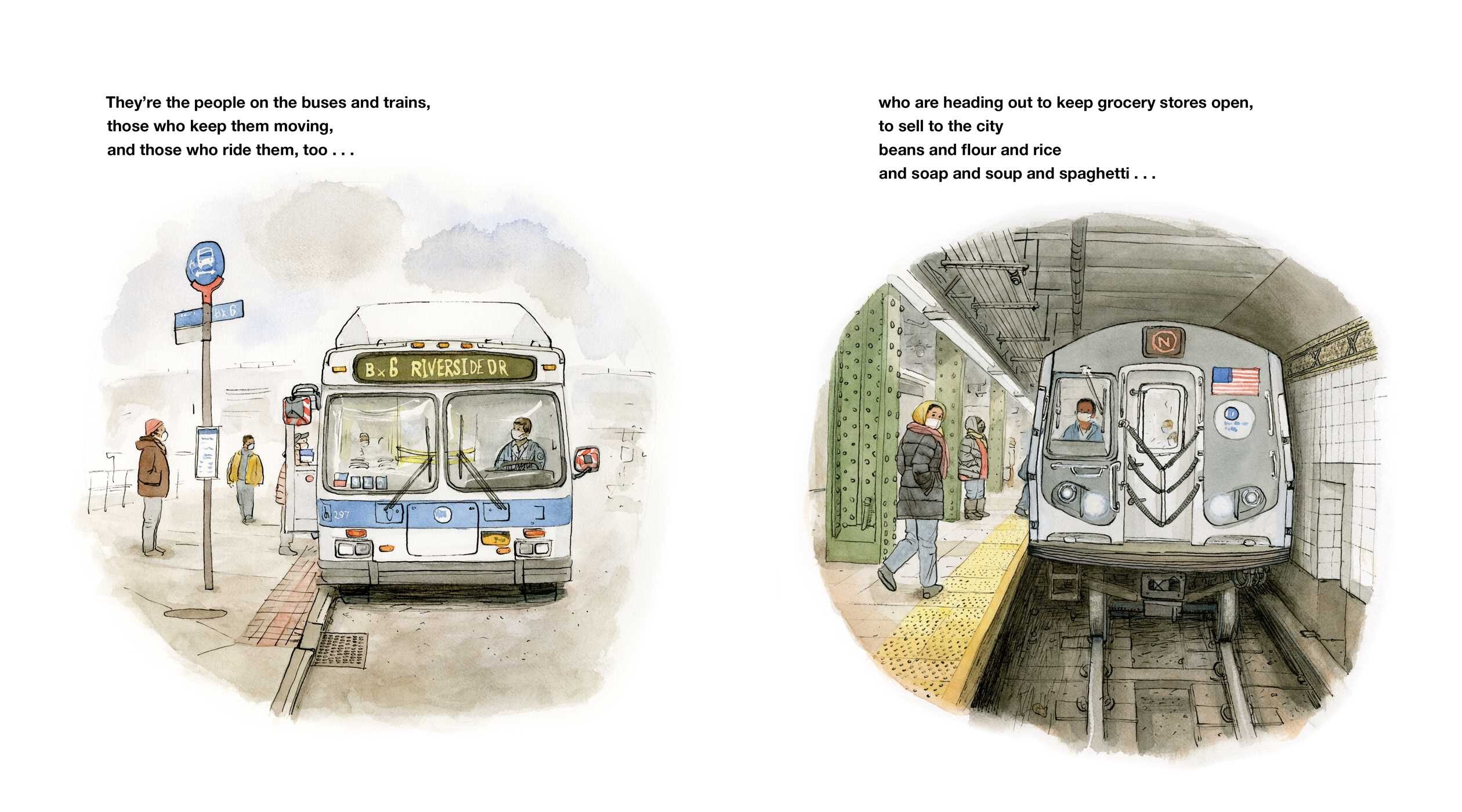
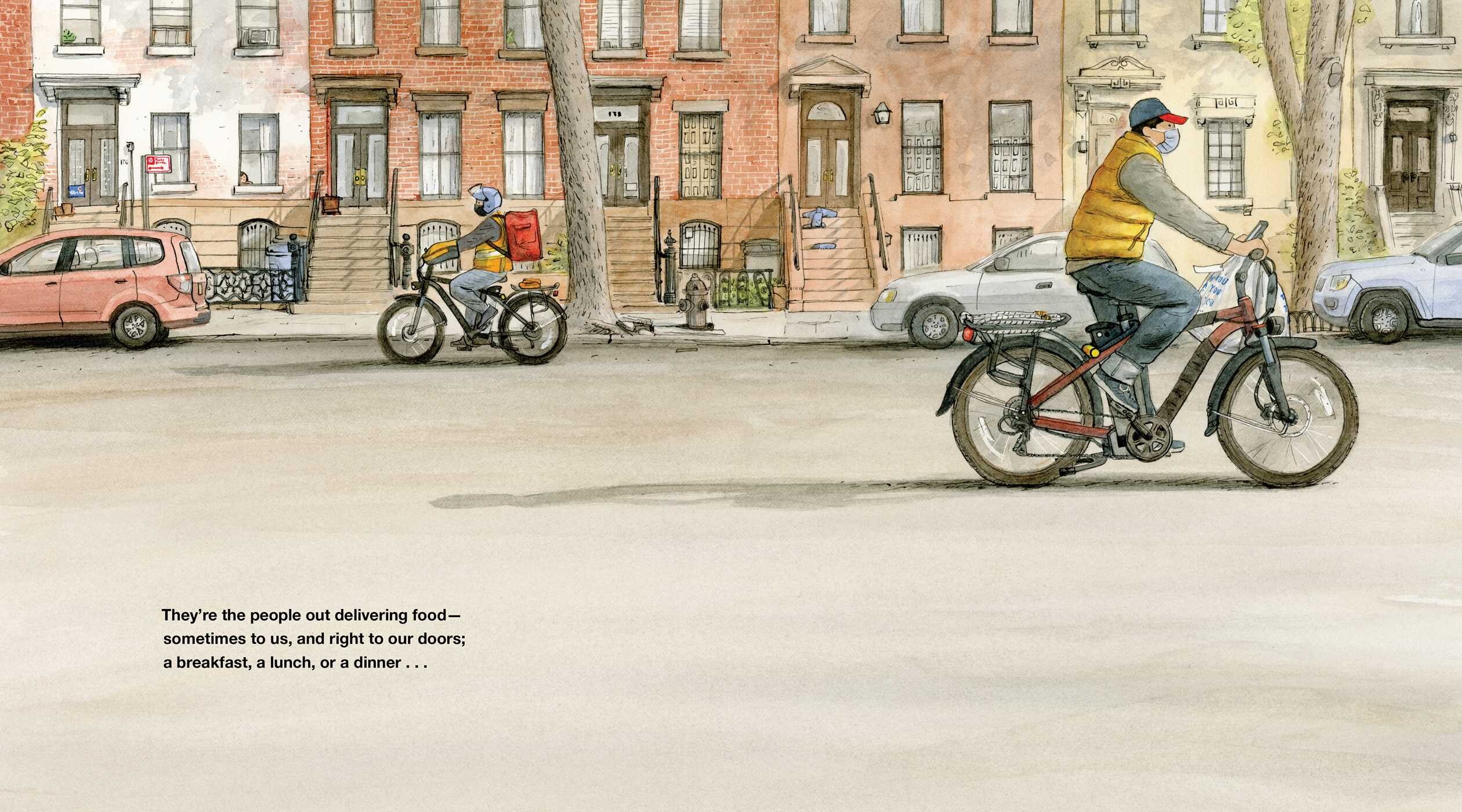
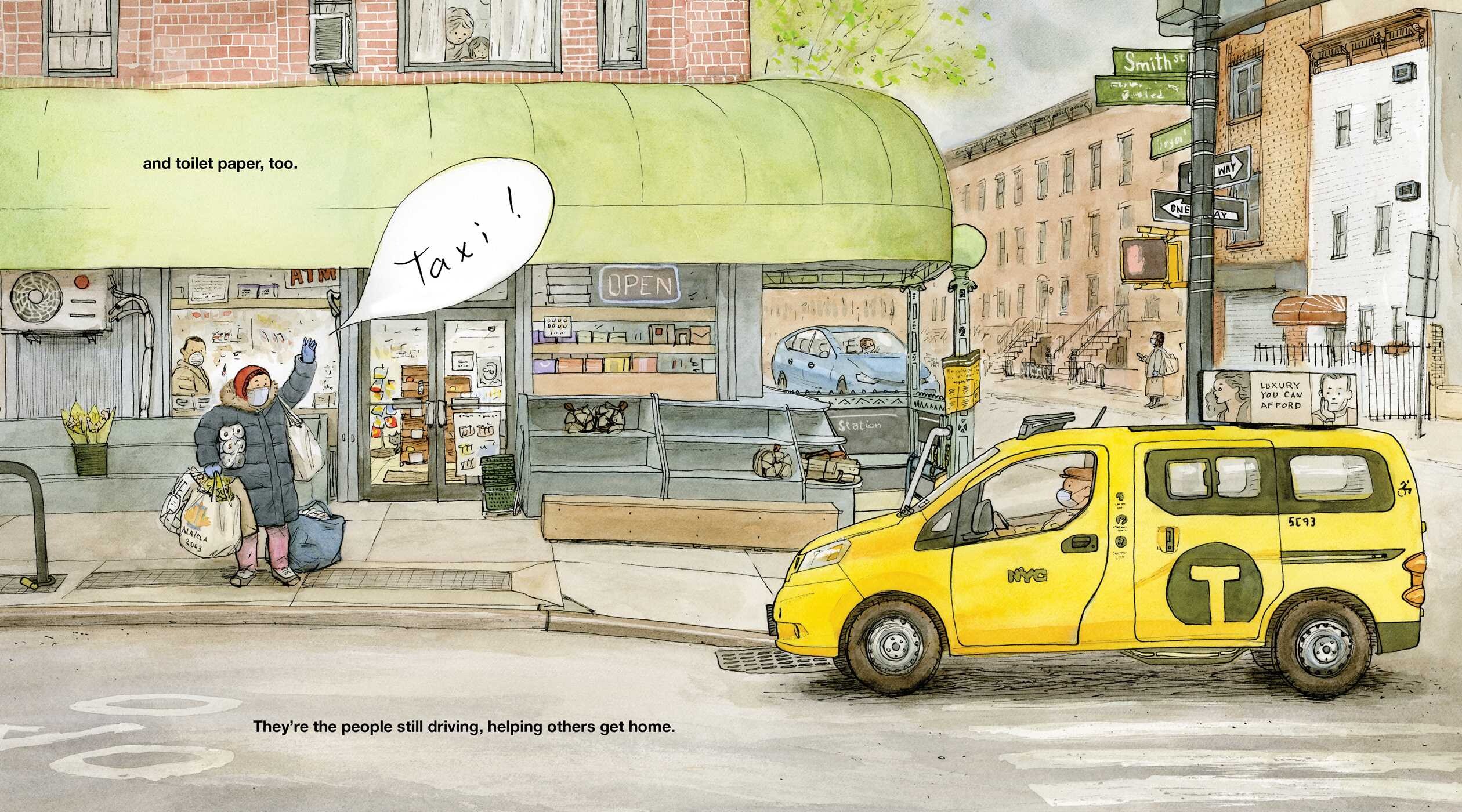
 Kelly Light lives in Amherst,
Kelly Light lives in Amherst, 